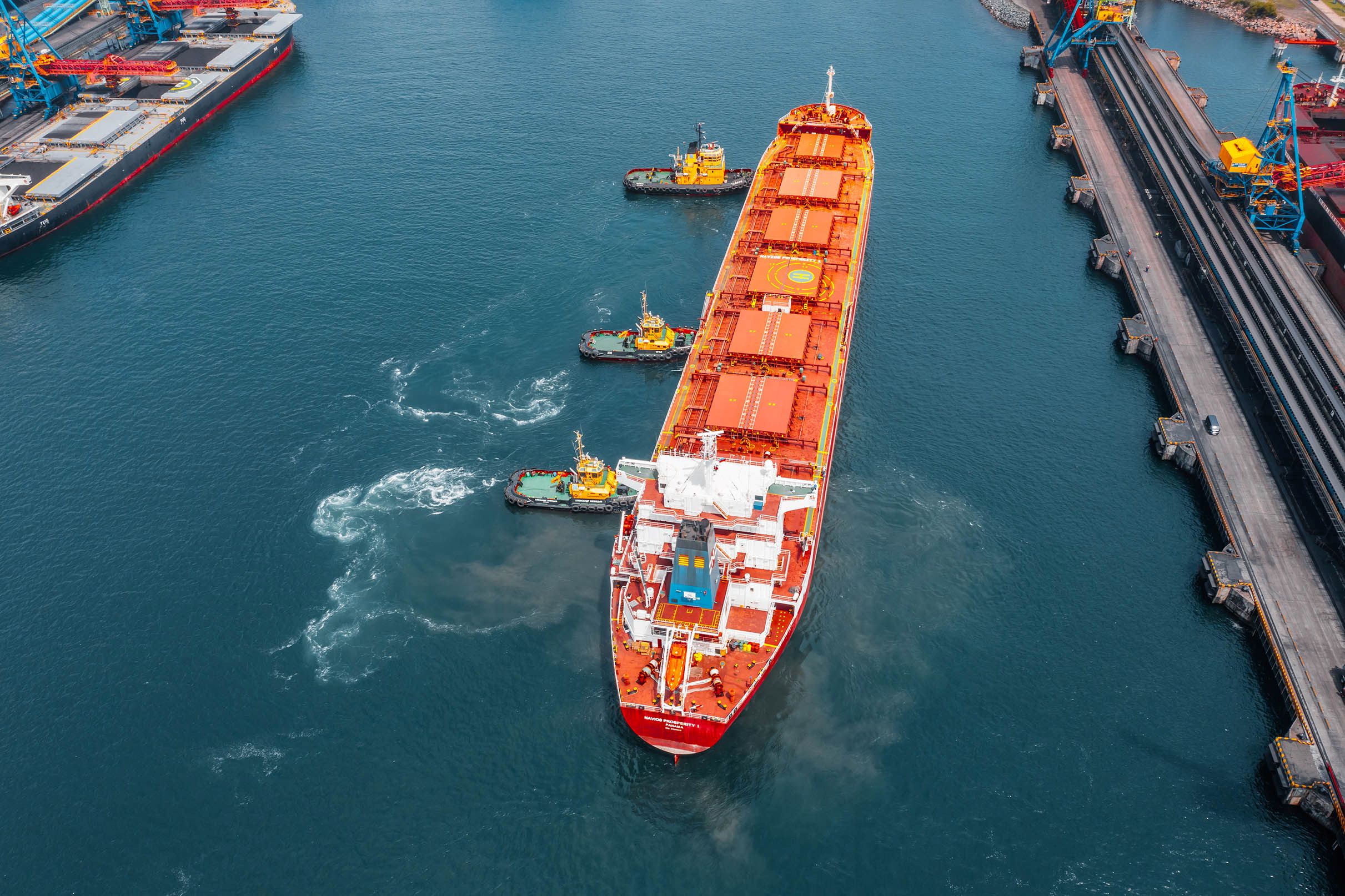

China’s coal imports boomed in 2019, surprising many who had expected the government would clamp down strictly on shipments.
Even this year, with the pandemic hitting hard the world economy, and global demand for coal crashing, imports to China remained surprisingly resilient.
However, the third quarter of 2020 proved to be much more disappointing than the rosy first half of the year. In the first 9 months of 2020, China imported 197.8 mln tonnes of coal by sea (including both thermal and coking), according to vessel tracking data from Refinitiv.
This represents a net decline of -2.5% y-o-y compared to the 202.8 mln tonnes imported in the same period of 2019, but is still significantly higher then the 181.1 mln tonnes imported in Jan-Sep 2018, and the 178.3 mln tonnes in the same period of 2017.
Things started very well in the first quarter of 2020. In the first 3 months of the year, China imported 69.4 mln tonnes of coal, which was a +14.8% increase on the same period last year. Things were more disappointing in the second quarter of 2020. The country imported 70.4 mlm tonnes of coal in the April-June period, essentially flat on the first quarter, and just +1.8% compared to the same period last year.
Things went really downhill in the third quarter. In the July-September period, China imported just 58.0 mln tonnes of coal, which was a sharp -20.8% less than in the same quarter last year.
China routinely restricts imports of coal to help domestic miners through a wider effort to reduce the fuel dependency of the country. For a nation that consumes and produces half of the world’s coal, the strength of
China’s import curbs may vary based on the competing priorities of the government to protect domestic miners and power plants.
In previous years, China’s coal imports tended to taper off in the fourth quarter, as imports reached official or unofficial annual quotas.
For import volumes to halt so sharply so early in the year is therefore worrying, as even sharper cutbacks could now be expected in the final quarter.
Despite much press coverage of supposed restrictions on Australian coal, allegedly a consequence of the deteriorating political relations between Australia and China, it is actually Indonesia that has seen the sharpest fall this year.
Indonesia had been the main beneficiary in last year’s increase in China’s demand for coal. In the 12 months of 2019, China imported 124.4 mln tonnes of coal from Indonesia, up +15.1% y-o-y.
This year, however, imports from Indonesia declined by a sharp -16.4% y-o-y, to 80.2 mln tonnes in the first 9 months of 2020.
Imports from Australia had also increased by +6.6% y-o-y last year, despite the widely reported
Customs clearance difficulties and port restrictions, to 89.7 mlm tonnes in the 12 months of 2019.
This year, despite all the politics, coal shipments from Australia to China continued to increase, rising by +0.8% y-o-y in the Jan-Sep period of 2020 to 68.7 mln tonnes.
Elsewhere, volumes from Russia have continued to grow as more export capacity has become available, especially on small vessels from Russia’s.
Far East ports – total seaborne volumes to China increased by +29.5% y-o-y to 25.3 mln tonnes in the first 9 months.
Exports from Ukraine to China also surged, by a massive 78.9% y-o-y to 5.8 mln tonnes in the first three quarters of 2020.
Source: Bancosta Research
[tfws username=”banchero_costa” height=”banchero_costa” width=”banchero_costa” theme=”banchero_costa” color=”banchero_costa” tweets=”banchero_costa” header=”banchero_costa” footer=”banchero_costa” borders=”banchero_costa” scrollbar=”banchero_costa” background=”banchero_costa”]













